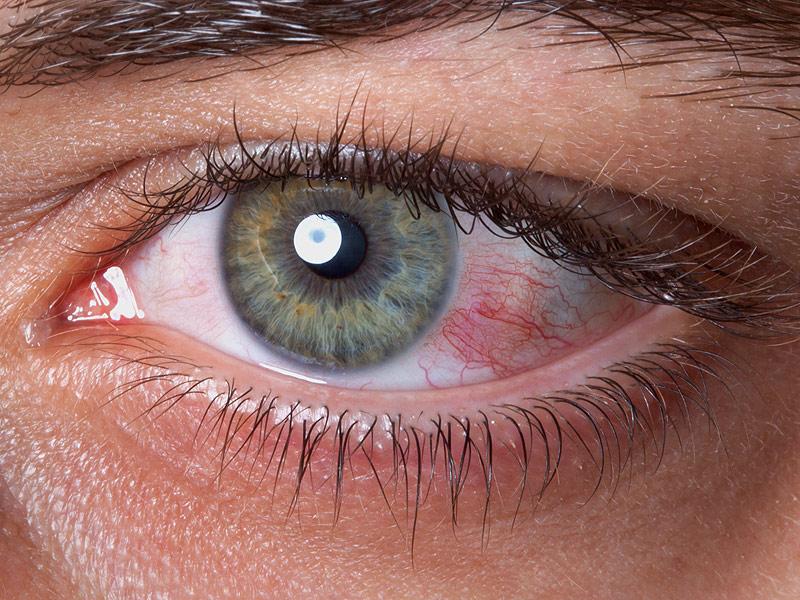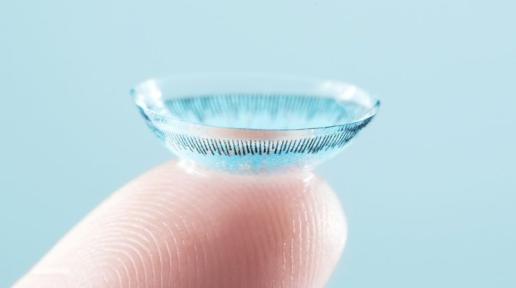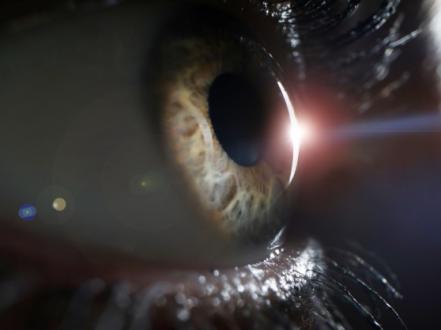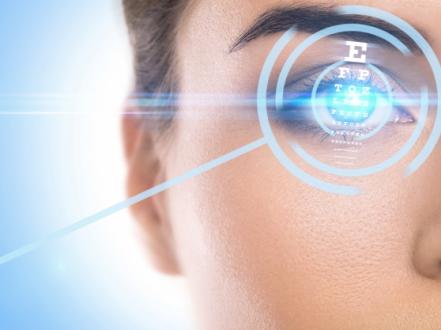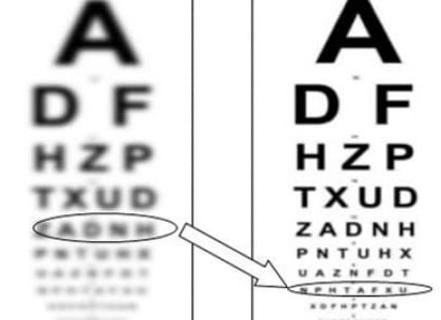It is a well-known fact that dry eye syndrome is one of the most common eye conditions worldwide and the leading cause of eye care. The definition of the disease is an inflammatory condition of the eye, in which the tear film changes in its chemical and quantitative composition. The tear plays a number of important functions in maintaining the health of the anterior surface of the eye. Due to the microelements contained in it, it is nourished.
Types of the dry eye syndrome
In medicine, the following medical terms are used as an alternative designation for symptoms called dry eye syndrome:
- Keratitis Dry is usually used to describe dryness and inflammation of the cornea.
- Keratoconjunctivitis Dry, used to describe dry eye syndrome, which affects both the cornea and the conjunctiva.
- Dysfunctional lacrimal syndrome used to emphasize that not having enough tears is just as important as not having enough.
According to various statistics, ICD 10 code dry eye syndrome occurs in about 15-17% of adults living in developed countries.
What causes dry eye syndrome
The growth of the dry eye syndrome is also influenced by the widespread use of smartphones, tablets, computers, other office equipment, as well as air conditioners, as they dry the air; wearing soft contact lenses; regular medication — diuretics, allergy medications, antidepressants, cholesterol lowering medications, beta-blockers, birth control pills. Concomitant diseases like Sjogren's syndrome, diabetes mellitus, autoimmune diseases, lymphoma, etc. can also cause the disease.
Symptoms of dry eye syndrome
Typically, all of these symptoms appear in both eyes, but sometimes they occur in only one eyeball.
- feeling of a foreign body or ‘sand’ in the eyes;
- dry eyes or lacrimation;
- irritation, redness of the eyes;
- stinging, burning in the eyes;
- photophobia;
- mucous discharge from the eyes (usually in the form of threads);
- fluctuation in visual acuity.
And as strange as it sounds, watery eyes can also be a sign of dry eye syndrome.
Treatments of the disease
In the event of eye symptoms, it is always advisable to consult an ophthalmologist. In the case of dry eye, only an ophthalmologist can perform some special tests to make a diagnosis and prescribe the latest treatment for dry eye syndrome. The main medications for dry eye syndrome are special moisturizing drops.
Most manufacturers offer products that are useful for both dryness and lens handling. In the latter case, we are not talking about a lack of tear fluid production, but about healthy eyes. In many cases, regular use of a tear substitute, as well as minor changes in behavior (for example, frequent breaks while working at the computer) can significantly reduce the symptoms of dry eyes.
So what is dry eye syndrome? Chronic dry eyes syndrome is a violation of the stability of the precorneal tear film. Regular consultations are helpful in monitoring the dynamics of dry eye syndrome and adjusting treatment, especially in the presence of concomitant eye diseases. The common myth is that it does not affect vision. Affects. Lack of moisture leads to blurred perception of the picture. When blinking, the tear film is restored, and vision returns to normal. Tears create a smooth, moist layer on the cornea.
